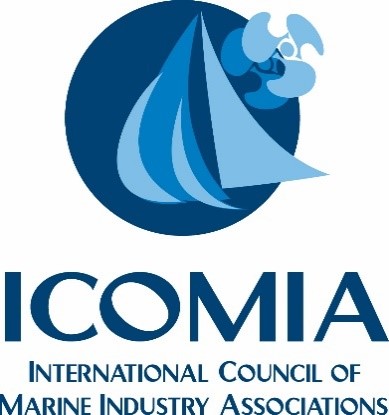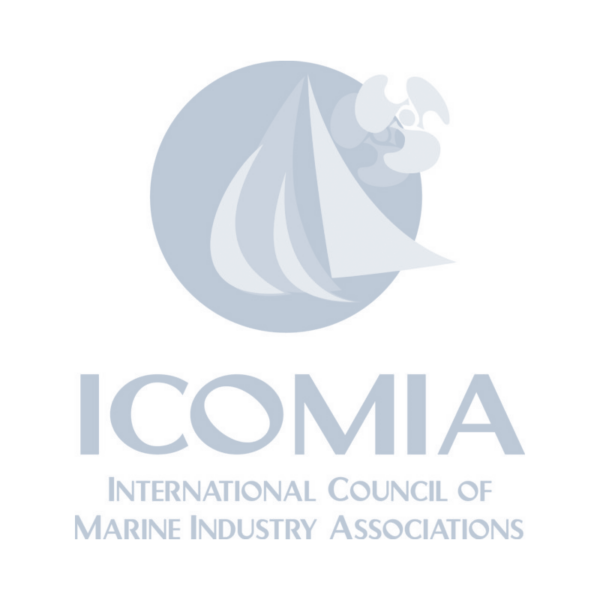Description
South Australia’s marine and inland waters contain valuable flora and fauna supported by a diversity of habitats such as rocky and sandy beaches, rivers, estuaries and the open ocean. Our lifestyle is increasingly threatening the health and sustainability of these environments. South Australia`s marine and inland aquatic environments have substantial biological and economic value. The State Government therefore has a responsibility to protect these habitats and their biodiversity and to provide community leadership and direction in their sustainable use, improved management and conservation. The maritime industry is dependent on these resources, whether for commercial harvesting of fish and crustaceans or for enjoying recreational pursuits such as fishing and water sports. The maritime industry has long been a part of South Australia’s community. Several slipways and boat clubs have been operating at their current locations for more than 100 years. Continued demand for the services offered, and activities undertaken, within the industry is expected to grow. Already South Australia has: *over 53,000 registered (mechanically powered) and up to 25,000 unpowered, unregistered recreational vessels *over 1,500 commercial vessels *over 300 public vessel launching facilities *20 marinas *over 30 boat/yacht clubs *95 vessel construction and maintenance facilities and *a requirement that ommercial/ surveyed vessels, registered with Department for Transport, Energy and Infrastructure, be slipped every two years. It is widely recognised that marinas, vessel service facilities and vessel operators can significantly affect the marine and inland aquatic environment. Facility operators and users may be unaware of, or underestimate the environmental damage that their practices and the wastes they generate can do. In particular, toxic paint chips, paint residues and other solid and liquid wastes containing heavy metals, nutrients, acid, oil, hydrocarbons and invasive pest species can have seriously deleterious effects on the marine environment. The effect of a single boat or slipway might seem insignificant, but when multiplied by the thousands of vessels and many facilities in use today, the effect is significant. With respect and acknowledgment for all of those who rely on the sustainable use of South Australia’s aquatic environments, the Environment Protection Authority, along with an external Advisory Group (see Appendix 8.6) and in partnership with the Australian Government Department of the Environment and Heritage, has developed this Code of Practice to encourage best environmental management practices for the benefit of future generations.

